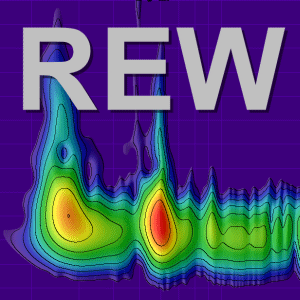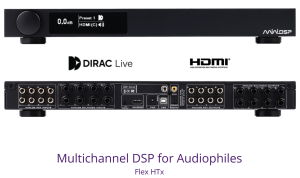Seems to be nice planned addition to REW. Not to do with above but one request I have is if it's possible to have a button for "Uncheck all boxes" for already made measurments when opening a file of saved measurements. Reason: It is quite tedious to manually uncheck say 50 measurements from yesterdays measurements for Impulse, ETC and RT in the Overlay. 50 measurements shown at once on the screen is a mess to look at.
When analysing / comparing the measurements, one versus the other, I keep the best one, then move on for a new possibly better one. If yes, I uncheck the preivious good one. (I make 1 and only 1 change between each measurement, like moving the mic 10 cm / 4", adjusting the angle of a reflector another 5 degrees, etc. When that is done for left only, right only and left + right together, one quickly gets loads of measurements. If such a button / command already exist, I am not of aware of it.)
Another nice feature would be if "Show Data Panel" in Filtered IR could be shown in the upper right hand corner, instead of to the far left where usually more interesting info is shown in the diagram













